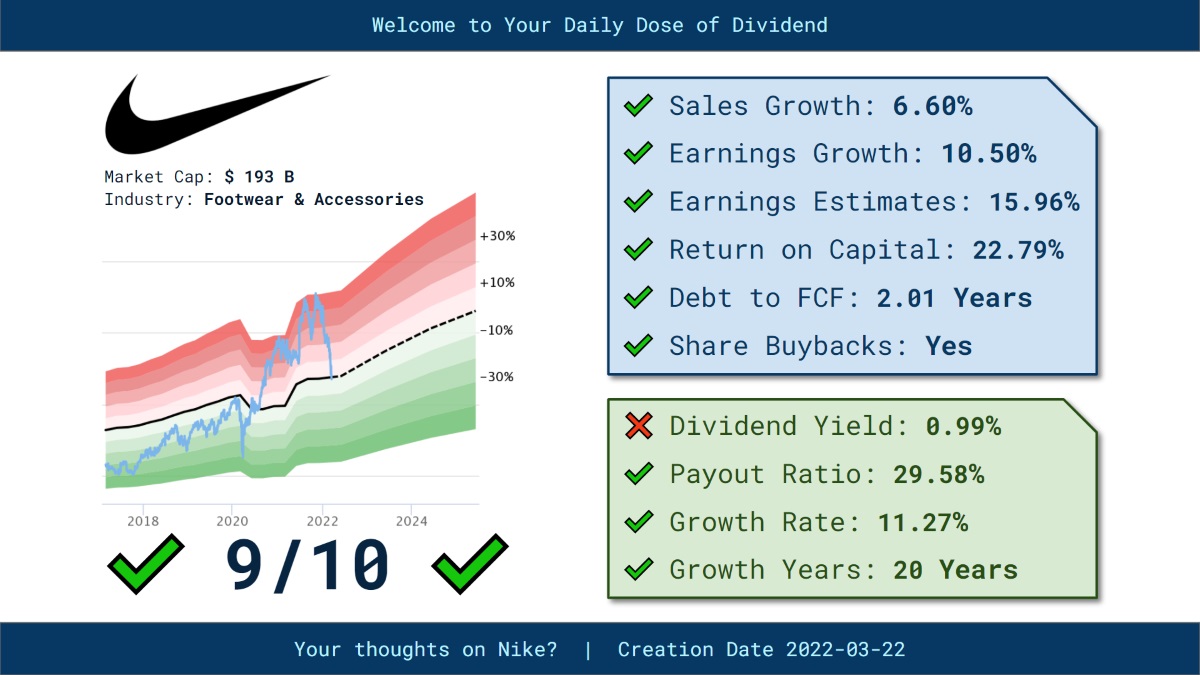Home>Finance>Reversal: Definition, Example, And Trading Strategies


Finance
Reversal: Definition, Example, And Trading Strategies
Published: January 20, 2024
Learn about the definition and examples of reversal in finance, and discover effective trading strategies to capitalize on market reversals.
(Many of the links in this article redirect to a specific reviewed product. Your purchase of these products through affiliate links helps to generate commission for LiveWell, at no extra cost. Learn more)
Reversal: Definition, Example, and Trading Strategies
Welcome to the FINANCE category of our blog! Today, we’re diving into an important concept in trading – reversal. If you’re new to the world of finance or looking to expand your trading knowledge, you’ve come to the right place. In this article, we’ll define reversal, provide an example to help you understand it better, and discuss some effective trading strategies. So, let’s get started and explore the exciting world of reversal!
Key Takeaways:
- Reversal is a technical analysis concept used to identify potential trend reversals in financial markets.
- It involves analyzing price patterns, chart formations, and various indicators to determine when a trend may be changing direction.
What is Reversal?
At its core, reversal refers to a change in the direction of a trend within a financial market. In technical analysis, traders look for specific patterns, signals, or indicators that suggest a bullish (upward) trend is about to shift to a bearish (downward) trend, or vice versa. The ability to identify reversals can be crucial for traders seeking to capitalize on market movements.
Imagine a stock that has been steadily rising in value for months. Suddenly, the price starts to decline significantly. Traders who can identify this reversal early on have the opportunity to sell their positions and potentially profit from the downward trend. On the other hand, spotting a reversal from bearish to bullish can present an excellent opportunity for traders to enter the market and benefit from an upcoming upward trend.
While spotting reversals may sound simple, it requires careful analysis and understanding of market dynamics. Traders employ various techniques and indicators to identify potential reversals accurately.
Example of a Reversal:
Let’s take a look at a real-life example to better understand how reversal works. Imagine you’re analyzing the price chart of a popular cryptocurrency, XYZCoin. Over the past few weeks, XYZCoin has been experiencing a significant upward trend. However, after reaching a new all-time high, the price suddenly starts to decline rapidly, breaking key support levels.
Observing this price action, you notice that the initial trend is reversing, and a bearish trend may be emerging. This suggests a potential opportunity for shorting (betting against) XYZCoin, as the price is expected to continue moving downward.
It’s important to note that reversals can be significant turning points in the market, but they are not always easy to identify. Traders need to consider multiple factors, including volume, chart patterns, moving averages, and key support and resistance levels, to increase the probability of accurate reversal predictions.
Trading Strategies for Reversal:
Now that we understand what reversal is and how it works, let’s explore some popular trading strategies used by traders when addressing reversals:
- Trendline Break: This strategy involves drawing trendlines on a price chart and waiting for the price to break above or below the trendline, indicating a potential reversal. Traders typically look for additional confirmations before entering a trade.
- Support and Resistance Levels: Traders monitor key support and resistance levels and look for strong price reactions, such as bounces or breakouts, suggesting a potential reversal. These levels provide insights into market sentiment and investor psychology.
- Indicator Divergence: This strategy involves analyzing technical indicators, such as the Moving Average Convergence Divergence (MACD) or the Relative Strength Index (RSI), for divergences with the price. Divergences occur when the indicator’s direction contradicts the price movement, potentially indicating an upcoming reversal.
Remember, trading carries risks, even with well-defined strategies. It’s always essential to manage your risk effectively, use proper risk-reward ratios, and consider factors such as market conditions and news events before placing any trades.
We hope this article has shed light on the concept of reversal in finance. By understanding reversals and incorporating them into your trading analysis, you can potentially improve your trading decisions. Happy trading!














